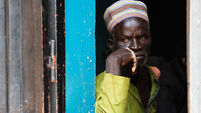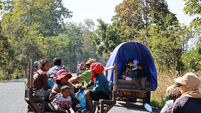Asia steps up fight against bird flu as scientists exhume body in bid to avoid another pandemic
Hong Kong isolated a woman who returned from Vietnam with suspicious pneumonia symptoms. Singapore intensified a campaign to slaughter crows, considered potential spreaders of the disease because they could contract the virus from dead birds.
Singapore and Hong Kong were hit hard by SARS last year and both were on high alert to prevent an outbreak of bird flu, which has killed 10 people in recent weeks.














